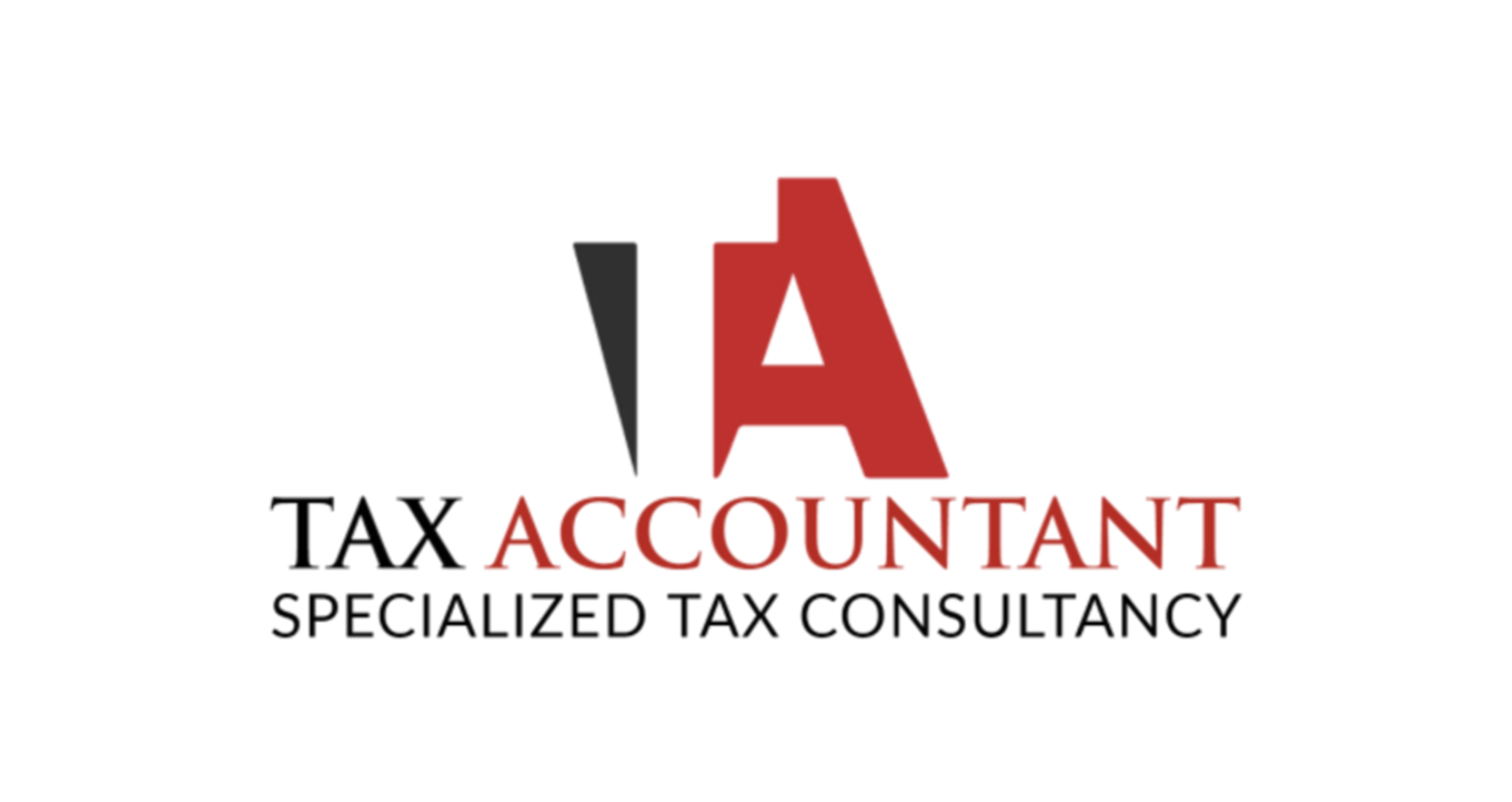As the UK tax landscape continues to shift, taxpayers face a critical window of opportunity to act before key changes to the HM Revenue & Customs (HMRC) capital gains tax (CGT) regime take full effect. With the headline rates already rising and further hikes on the horizon, the time to plan is now.
This article explains the impending CGT changes, why the term “28%” is circulating in this context, and outlines five strategic moves individuals can make to lock in lower CGT rates (≈ 18%) before 5 April to minimise tax exposure.
What’s Changing — And Why the “28%” Rate Matters
In its Autumn 2024 Budget, the government announced that the CGT main rates for most assets would increase from 10% to 18% (basic-rate taxpayers) and from 20% to 24% (higher-rate taxpayers) for disposal dates on or after 30 October 2024. Reuters+2Addleshaw Goddard+2
For specific assets like carried interest, rates will rise further — from 28% to 32% from 6 April 2025. Addleshaw Goddard+1
Although the general headline rate for non-property CGT won’t reach 28% for ordinary disposals, the “28%” figure remains relevant because:
-
Historically, CGT for higher-rate taxpayers on certain assets (such as property) reached 28%. blogs.lse.ac.uk+1
-
Some advanced reliefs (e.g., carried interest) may push effective rates towards this level.
-
Assets disposed of after the deadline may incur the new higher rates, so pre-deadline planning is essential.
Hence, the title reflects the urgency: if you delay, you risk paying significantly more tax.
Why You Should Act Before 5 April
-
First- mover advantage: Disposals made before 30 October 2024 may still benefit under older, lower rate regimes (10%/20%). GOV.UK+1
-
Relief phases: Some reliefs (such as Business Asset Disposal Relief) will phase upwards — from 10% to 14% in April 2025, then to 18% in April 2026. privatebank.jpmorgan.com+1
-
Anti-forestalling rules: Contracts entered into after certain dates may be subject to the new rates even if completed earlier. Addleshaw Goddard
-
Tax-year discipline: Keeping disposals within the 2024–25 tax year means you avoid the full impact of post-deadline rates.
-
Peace of mind: Early action reduces the risk of surprises when filing returns — and avoids legacy tax mistakes.
Five Strategic Moves to Lock in ~ 18% CGT
1. Review and accelerate asset disposals
If you hold chargeable assets (shares, business interests, second properties, collectibles) consider disposing before 30 October 2024 (or at least before 5 April 2025) to benefit from the lower rates.
Ensure that:
-
You record the disposal date and value clearly.
-
Any contract and completion dates comply with anti-forestalling rules.
2. Utilise your Annual Exempt Amount
Every individual receives an Annual Exempt Amount (£3,000 in 2024–25) below which gains are tax-free. GOV.UK
Ensure you:
-
Offset losses to reduce your taxable gain.
-
Where possible, spread disposals over tax years to exploit multiple exemptions.
3. Use spouse or civil partner transfers
Transfers between spouses/civil partners are generally exempt from CGT. This allows:
-
Utilising both partners’ annual exemptions.
-
Allocating gains so that one partner stays within the lower rate band.
4. Reflect on Business/Investment Reliefs
If you qualify for reliefs such as Business Asset Disposal Relief (BADR) or Investors’ Relief:
-
Note that rates are increasing (10% → 14% from 6 April 2025, and 18% from 6 April 2026). privatebank.jpmorgan.com+1
-
If disposals qualify under the current relief, aim to complete them before the rate hike.
-
Ensure you meet all conditions and document accordingly.
5. Plan asset purchases or wraps wisely
Buy-to-sell or restructure transactions may crystallise gains. Consider:
-
Deferring disposal until after the exemption is maximised or the rate remains lower.
-
Re-basing or transferring assets if relief rules permit.
-
Seeking professional advice to ensure the tax implications are understood.
What If You Miss the Deadline?
If you make a disposal after the higher rate applies:
-
You may pay up to 24% on gains for higher-rate taxpayers. Reuters+1
-
Some reliefs may cease to apply or reduce in effectiveness.
-
Anti-forestalling provisions may treat earlier arrangements as having occurred later.
-
Your tax efficiency diminishes significantly.
While opportunities may still exist (losses, deferments, reliefs), the optimal window is narrowing.
The Role of Professional Advice
Given the complexity of CGT changes, anti-forestalling rules, relief conditions and tax-year timing, many taxpayers engage expert assistance. A qualified advisor can help:
-
Review your asset portfolio and crystallise gains where efficient.
-
Identify reliefs and plan around them correctly.
-
Liaise with you to record dates, contracts and disposals.
-
Ensure compliance with HMRC disclosure requirements and avoid penalties.
A trusted partner in this process is My Tax Accountant, offering specialist personal tax services to ensure you navigate CGT changes expertly and efficiently.
Final Thoughts
The recent CGT changes underscore a pivotal moment for UK taxpayers. While the headline 28% rate may not apply for all assets, the trajectory is clear: rates are rising, reliefs are narrowing, and the window to act is closing.
By using the five moves above — disposal timing, using exemptions, partner transfers, relief utilisation, and clever structuring — you position yourself to retain the ~18% rate and avoid roughly half of the future tax burden.
If you still hold significant assets where a gain is looming, the message is simple: act now, document carefully, and seek expert advice. Delay may not just cost you money — it may cost you years of lost tax efficiency.

